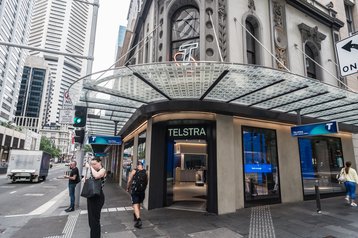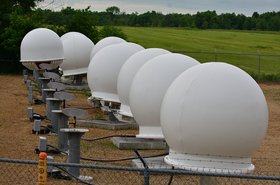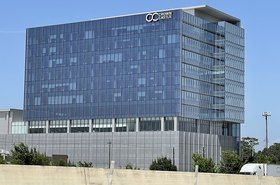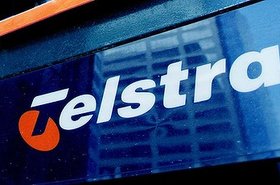TPG Telecom, the parent company of Vodafone Australia, has this week claimed that rival carrier Telstra has misled consumers over its network coverage.
In a statement, TPG alleges Telstra has misled Australians for more than a decade.
The company has called for a regulatory investigation into Telstra’s mobile coverage claims.
According to Vodafone, Telstra has been overstating the geographic reach of its mobile network by as much as 40 percent and has used these inflated coverage claims to make unfair comparisons against other mobile operators’ network coverage.
The carrier states that Telstra, along with its secondary brand Boost Mobile, “have been overstating the network coverage most Australians will experience by nearly one million square kilometers,” which it points out is roughly the size of New South Wales, Victoria, and the ACT combined.
“This is alarming. It appears Telstra has tricked Australians into paying top dollar for coverage they simply can’t get on a regular mobile phone,” said Kieren Cooney, group executive of consumer, data and analytics at TPG Telecom.
“We are shocked that Telstra appears to have been overstating its coverage by so much for so long, and we are calling on them to make it right. Telstra’s conduct could have misled consumers into believing they can get coverage in places that require special equipment.”
TPG argues that Telstra’s coverage claims have led to the carrier gaining customers at the expense of TPG and other competitors in Australia. Telstra is Australia’s largest mobile network operator with more than 20 million customers, compared to TPG, which serves around six million.
Telstra has claimed its mobile network has 99.7 percent population coverage. In its statement, TPG said this claim is “based on using an external antenna and repeater and ignores the fact that very few Australians have this costly equipment.”
The way Telstra tests its network coverage is different from TPG, notes the carrier, which claims Telstra’s test of its network requires the use of a special external antenna and powered repeater usually installed on a building or vehicle, and must be purchased at a significant additional cost.
TPG, however, said it measures its network coverage on “outdoor coverage,” a measure of the signal strength that a customer would receive using a mobile phone outside, with no special antenna or powered repeater.
The telco said it has reported its argument to the Australian Competition and Consumer Commission (ACCC), and said it could take legal action to require Telstra to cease the conduct and pay compensation.
Telstra hits back at claims
Unsurprisingly, the claims made by TPG Telecom have prompted a reaction from Telstra.
“No matter how you look at it, Telstra’s mobile network covers more of Australia than any other,” fired back Channa Seneviratne, executive for technology engagement advancement.
Pointing to its coverage maps, Telstra said anyone has been able to view its coverage availability with and without an external antenna. “Our competitors do not offer the public the same ability using their coverage maps,” said the operator.
Indeed, Telstra admitted that it has used external antennas to test the coverage of its mobile network, noting that this covers its 3 million square km.
“Now that Vodafone has communicated how it’s chosen to calculate its coverage footprint for the first time, to help the public understand the difference, we’ve highlighted that our 3 million square kilometers of coverage is based on using an external antenna,” said Seneviratne.
“Whether you use an antenna or not, Telstra’s network is at least 1 million square kilometers larger than Vodafone’s – that’s an area more than 14 times the size of Tasmania.”
Read the orginal article: https://www.datacenterdynamics.com/en/news/tpg-telecom-says-rival-telstra-has-misled-australian-consumers-over-coverage-claims/









